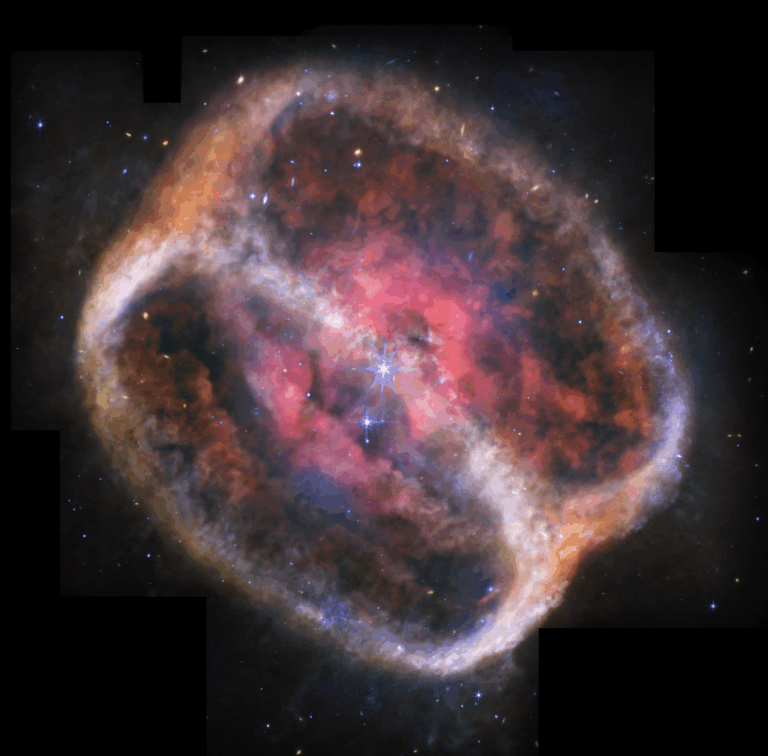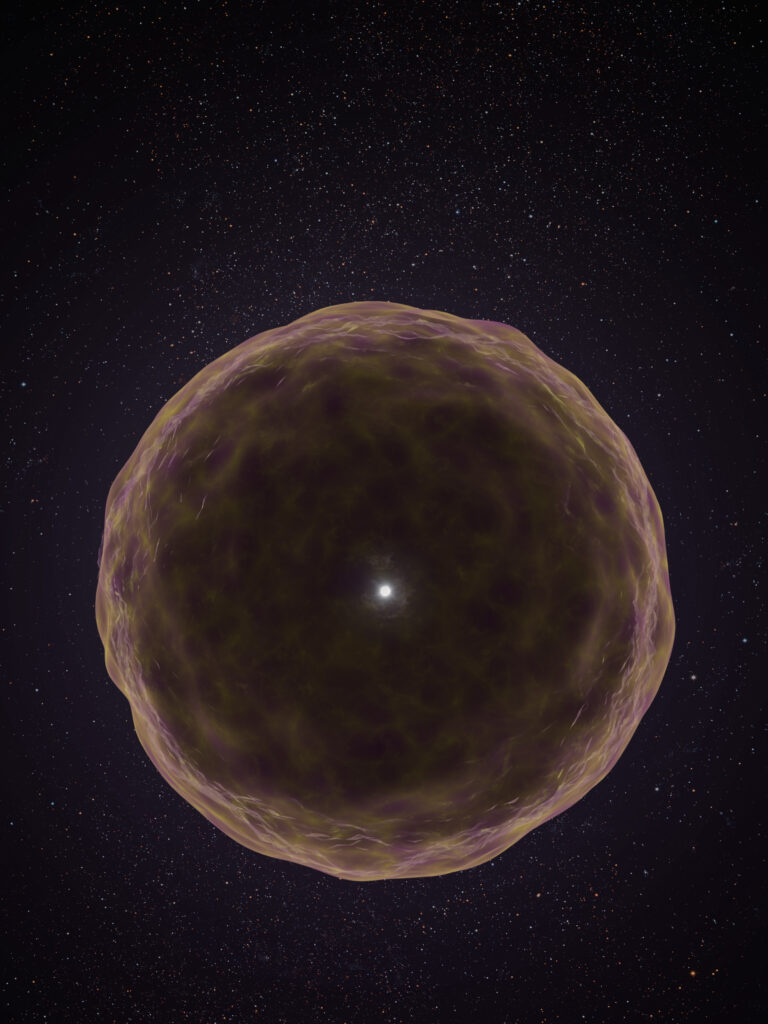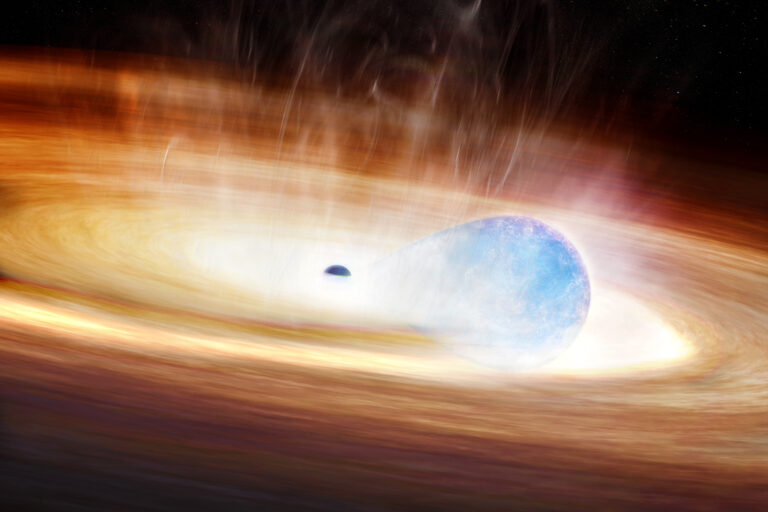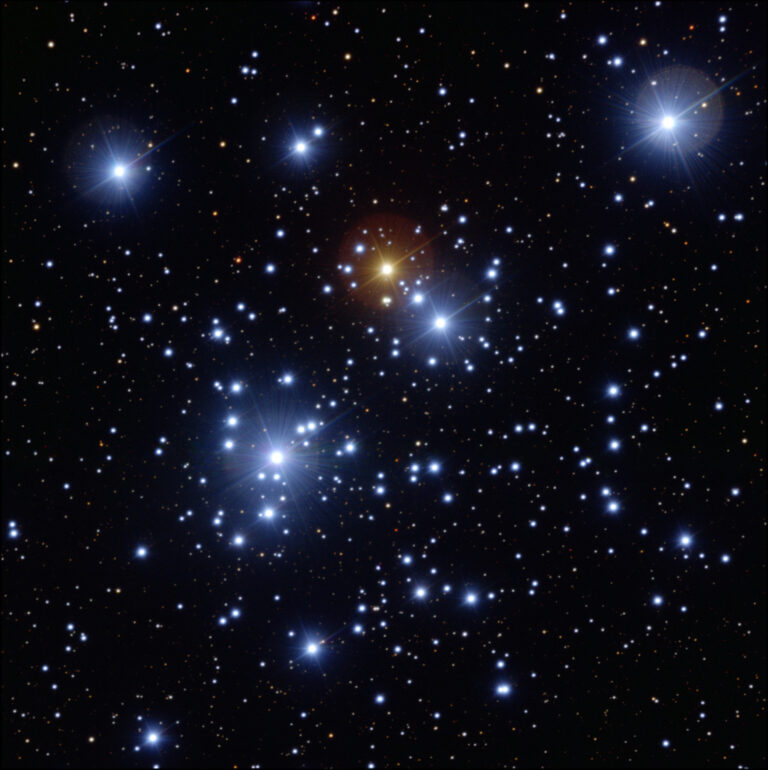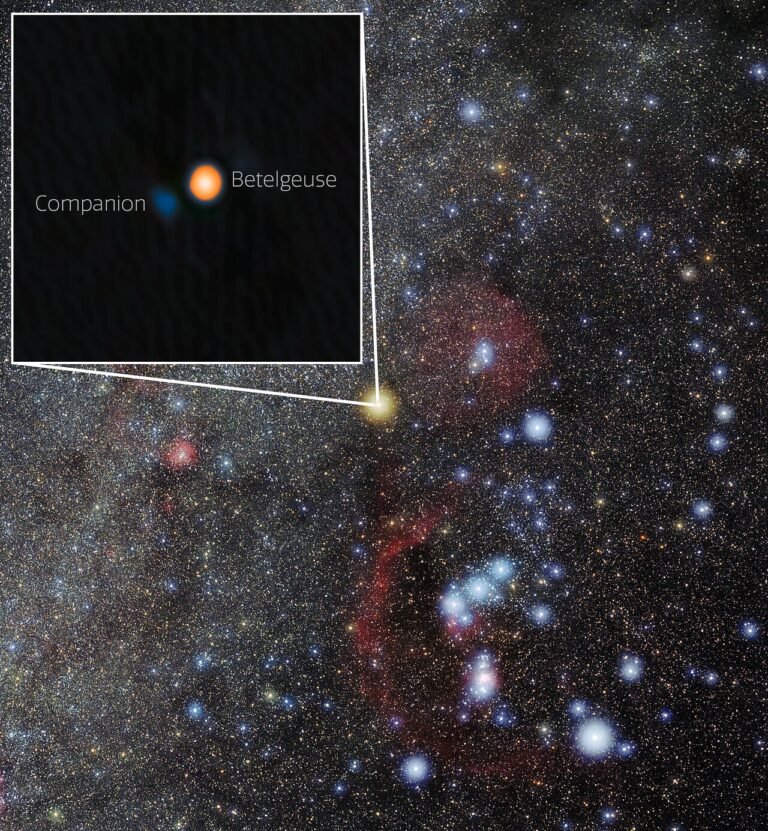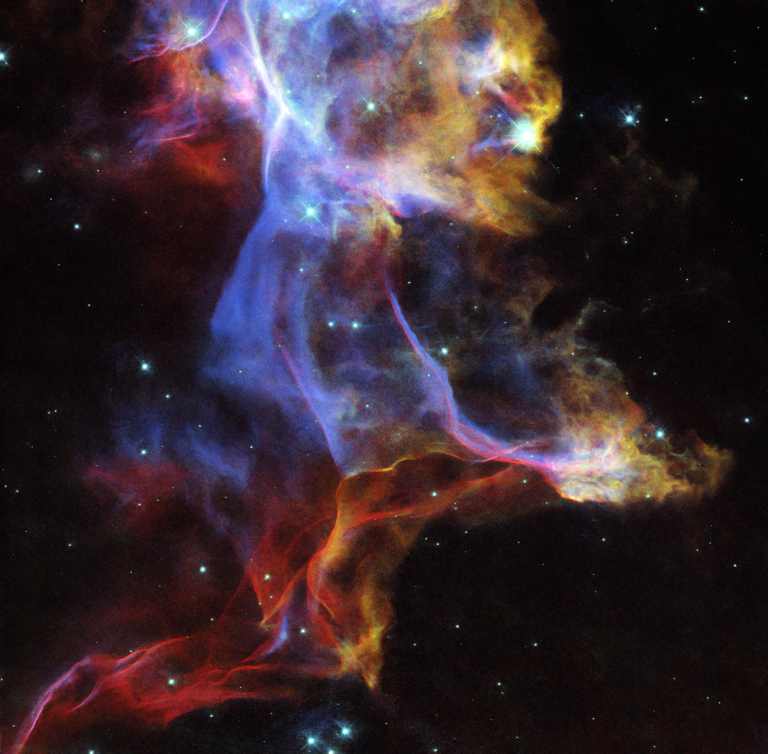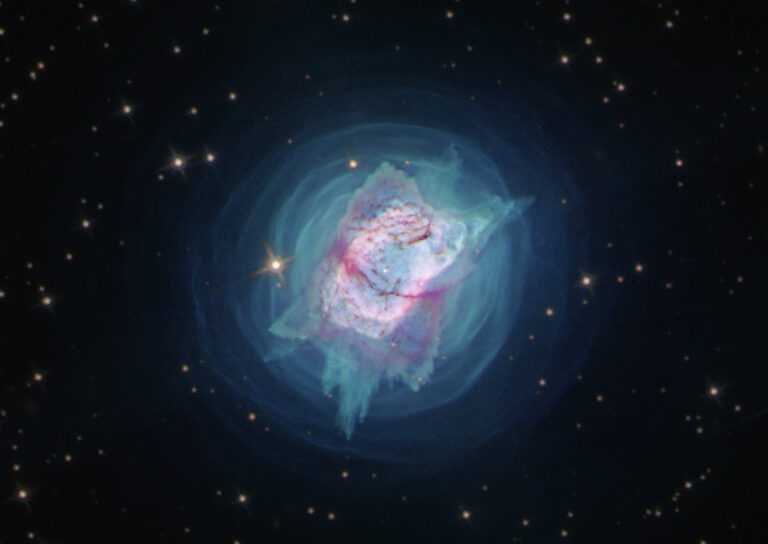Key Takeaways:
Altair (16.7 light-years):
If you’re a member of the college graduating class of 2015, Altair has been your guiding star throughout your learning years. The light you see left its surface in late 1998 when you were about to enter kindergarten and touched down on Earth as you received your diploma! Space enthusiasts recognize the latter part of 1998 as the time when construction of the International Space Station began.
Vega (25 light-years):
A few months ago, Astronomy devoted an entire issue to the 25th anniversary of the Hubble Space Telescope. It launched aboard the space shuttle April 24, 1990, around the time Vega launched the light currently raining down on our planet. Since then, Hubble has traveled more than 3 billion miles (5 billion kilometers) in Earth orbit. That’s impressive, until you consider that Vega’s light covered that distance every five hours. Warp drive is still a long way off!
Arcturus (37 light-years):
The light we’re receiving from Arcturus left during the summer of 1978. The Pioneer 11 spacecraft had passed Jupiter 3½ years earlier and was one year away from its Saturn encounter. Back in 1933, Arcturus made headlines when its light was used to turn on the beacon that opened the Chicago World’s Fair. The choice of star was hardly random; astronomers at the time thought those photons had left Arcturus at about the time of the previous Chicago fair in 1893.
Spica (250 light-years):
Gaze at Spica, and your eyes are taking in light that left during the mid-1760s when friction between colonial America and England was on the rise. In France, comet hunter Charles Messier was busy compiling a catalog of nebulous objects. Wolfgang Amadeus Mozart, still a child, had already composed his first symphony.
As is the case with winter’s remote stellar luminaries Betelgeuse and Rigel, the distance to Antares is iffy. If we accept the parallax data gathered by the Hipparcos satellite, Antarean light left around 1465 during the European Renaissance. Christopher Columbus and Leonardo da Vinci were teenagers embarking on paths that would lead to their history-making accomplishments as world explorer and artist/inventor, respectively. In the Americas, both the Aztec and Inca empires were flourishing.
Deneb (1,425 light-years):
When Deneb’s light left during the latter part of the sixth century, the world was a battleground as tribes and kingdoms waged war with swords and bows and arrows. Civilization has come a long way during the intervening centuries. Today, we use tanks and guided missiles.
After reading my January column, several readers emailed to ask if I was familiar with the YouTube clips “Dr. Clay’s Time Machine, parts 1 and 2,” based on a lecture given by Dr. Clay Sherrod in 2011. Had I stolen his idea? Nope! The concept for the article came from a practice I’d been using at public star parties for years to express star distances in a more meaningful way. I picked it up after attending a lecture at an astronomy convention back in the mid-1970s. The speaker, the late astrophotographer Ben Mayer, related how his interest in astronomy was ignited upon learning that the majority of stars in the Big Dipper are 80 light-years away. His grandmother had recently passed away at that age, and when gazing at these stars, he realized that their light had been traveling across space during her entire lifetime.
Unfamiliar with Sherrod’s clips, I sat down at the computer to view them for myself. To be sure, he described star distances much the way I had. But he took my stellar time machine article to a whole new level by adding the solar system, Milky Way Galaxy, neighboring and distant galaxies, and the outermost reaches of the universe. On the next cloudy night, hop aboard Sherrod’s Delorean (a nod to Professor Emmett Brown’s time machine in the 1985 film Back to the Future) and take a “blast to the cosmic past.” It’s an hour well spent!
Questions, comments, or suggestions? Email me at gchaple@hotmail.com. Next month: Here comes the Sun! Clear skies!



